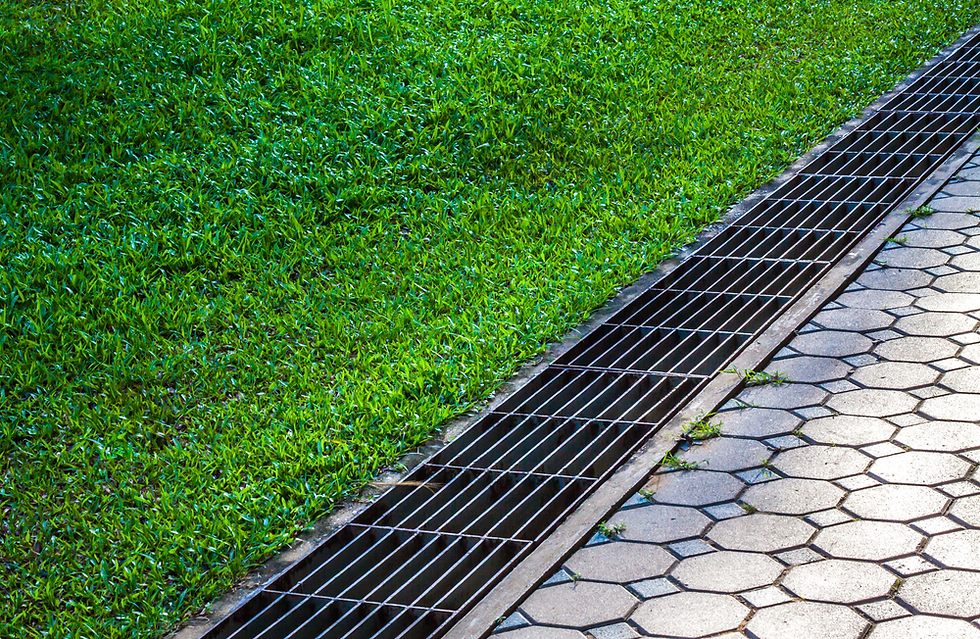An Enduring Challenge for Modern Concreters
- Joseph Webb
- Jun 27, 2024
- 3 min read
Have you ever been captivated by the sleek, modern appeal of concrete finishes in homes, offices, and other spaces? Are you curious about the balance that needs to be struck between aesthetics and durability when working with concrete? In the vibrant sphere of contemporary design, the unique pragmatism and visual charm that concrete provides holds undeniable allure. This article will delve deep into the challenges that modern concreters grapple with to harmonize durability and visual appeal, thus forming the crux of this discourse.
This journey will further unearth the factors fueling the rising popularity of this hard-wearing and versatile material — its variations and versatility, its ability to be molded into structures of almost any form, and the visual appeal it lends to structures. If you've ever wondered how concreters achieve that seamless blend of strength and beauty, or if you're considering incorporating concrete into your own space, this read could serve as your comprehensive guide.
In an era where homes aren’t just shelters, but expressions of personal style, the dual role of materials like concrete becomes pivotal. How does concrete play this role efficiently? What's the cost of balancing aesthetics and durability? Is it even a feasible task? This article will address these questions and more, engaging minds that are driven by the curiosity of design processes and innovation.

Why is Concrete Persuasive to Modern Designers?
Concrete’s dominion in the design landscape isn’t purely accidental. It’s a blend of inherent qualities that grant the material an irresistible charm to modern designers. Functionality, versatility, visual appeal, and a raw, unequivocal statement of strength – these attributes transform concrete from simply a construction material into an artist's relief, the masterpiece moulded by a sculptor.
The Gratifying Versatility of Concrete
Concrete doesn’t confine creativity. The ability to be streamlined into any form, be it intricate patterns, stunning countertops, or grandiose pillars, speaks volumes of its flexibility. Its amorphous nature empowers architects and concreters to freely manifest their design visions.
Concrete: The Aesthete’s Delight
Visual appeal is just as high in the order as durability in modern design. Concrete's unique texture and finish lends an industrial edge to spaces while the ability to color or paint it further broadens its aesthetic spectrum. With the right techniques, it's possible to make a visual spectacle without compromising on quality.
The Balancing Act: Aesthetic Versus Durability
Balancing aesthetics and strength is a key challenge for concreters. Too much focus on aesthetics might cause the structure to lose hardness, thereby shortening its lifespan. Striking that perfect balance between beauty and practicality forms an integral part of modern architecture.

The Financial Perspective
The task of balancing aesthetics and durability isn't purely about design grappling. It significantly impacts the financial part of building or remodeling projects. Using decorative elements judiciously helps keep costs within budget while preserving appealing aesthetics.
Pros and Cons: A Balanced View
Like any material, concrete comes with its own set of advantages and disadvantages. It’s crucial to be aware of these when exploring design possibilities. The challenge lies in leveraging its strengths and minimizing any drawbacks to achieve the desired results.
Conclusion
Achieving a captivating blend of aesthetics and durability in contemporary design is no small feat. The journey requires tenacious effort, scrupulous planning, and a synchronized dance between the designer and the material. Concrete, with its strength and adaptability, provides a canvas that modern concreters use to reach that sublime 'balance point'. It may be a challenging task, but one that results in timeless works of architectural art - that withstand time and please the eye with their unyielding charm.
If you're looking to transform your vision into a reality, consider collaborating with skilled concreters who can bring their expertise to your project. Together, you can create structures that not only stand the test of time but also captivate the senses.




.png)





Comments